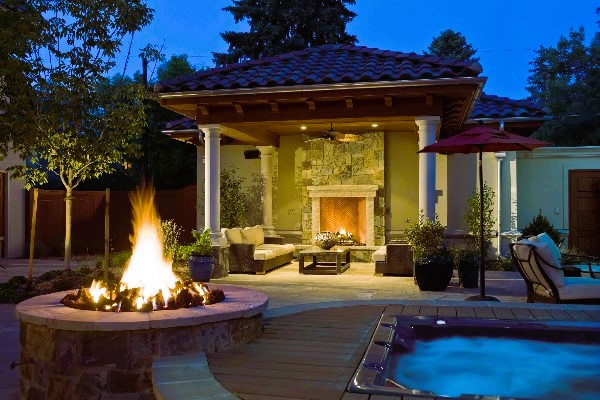In the realm of home purchases in the Comox Valley, wood burning systems such as stoves, fireplaces, and chimneys, while less common today, demand careful consideration from buyers due to potential safety concerns. Insurance coverage for luxury homes in Comox with wood burning systems may be contingent on inspections and certifications, with insurance companies often specifying requirements before providing coverage. Some insurers may either refuse to insure or charge higher premiums for homes heated primarily with wood.
To address these concerns, certified WETT (Wood Energy Technology Transfer) inspectors play a crucial role. WETT Inc., a non-profit training and education association, certifies inspectors, and inspections are conducted to ensure the safety and compliance of wood-burning systems. It’s important to note that there is no official “WETT inspection”; instead, an inspection report is issued by a WETT-certified professional based on applicable codes and standards.
Levels of WETT Inspections:

- Level 1 Inspection:
- Purpose: To verify code compliance of readily accessible components.
- Components Examined: Solid fuel-burning appliances, site-built fireplaces, and venting systems.
- Inspection Process: Basic visual inspection for proper use of required components, clearance to combustibles, and visible obstructions or deposits.
- Level 2 Inspection:
- Purpose: More in-depth inspection of accessible system components, involving possible disassembly.
- Situations Requiring Level 2 Inspection:
- Level 1 inspection deemed insufficient.
- Verification of system component suitability and integrity required.
- Operating malfunction or external event likely caused damage.
- Appliance replacement or major system component repair.
- Inspection Process: Inspection of accessible components, disassembly if needed.
- Level 3 Inspection:
- Purpose: Invasive inspection of concealed areas, involving removal of non-structural building components and disassembly of parts.
- Situations Requiring Level 3 Inspection:
- Level 2 inspection deemed insufficient due to detected or suspected hazards in concealed areas.
- Incident causing potential damage to concealed parts or building construction.
- Inspection Process: Invasive inspection for concealed areas, including disassembly. Find out more about how to live a luxurious lifestyle in the Comox Valley in our article.
WETT Certification Levels:

- SITE Basic Inspector:
- Can perform Level 1 inspections.
- Typically, home inspectors with WETT certification fall into this category.
- Technician:
- Can perform Level 1 or 2 inspections.
- Authorized to install or perform maintenance on wood burning systems.
- Chimney Sweep:
- Can perform Level 1 or 2 inspections.
- Authorized to clean and maintain entire wood burning systems, including chimney sweeping.
- SITE Comprehensive Inspector:
- Can perform Level 1, 2, or 3 inspections.
- Also qualified as a technician and/or chimney sweep.
In conclusion, when dealing with homes featuring wood burning systems, consulting with insurers and arranging for a WETT inspection is a prudent step in the due diligence process. The certification levels help determine the extent of inspection needed, ensuring that safety and compliance are thoroughly assessed. Link to Wikipedia.
